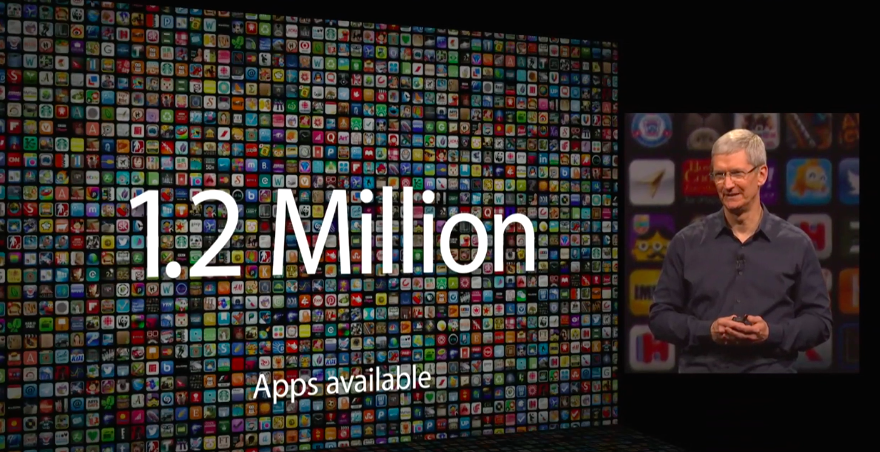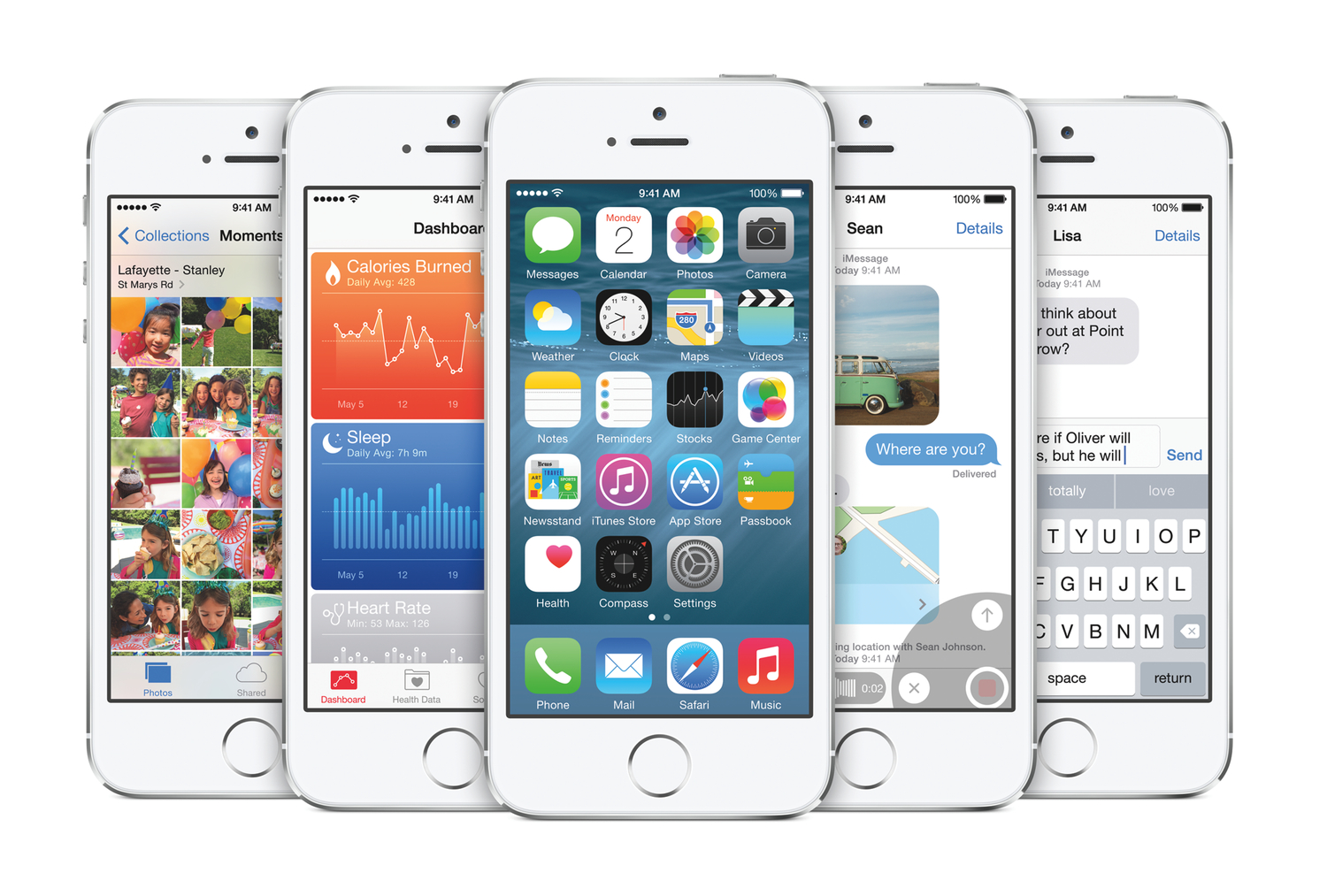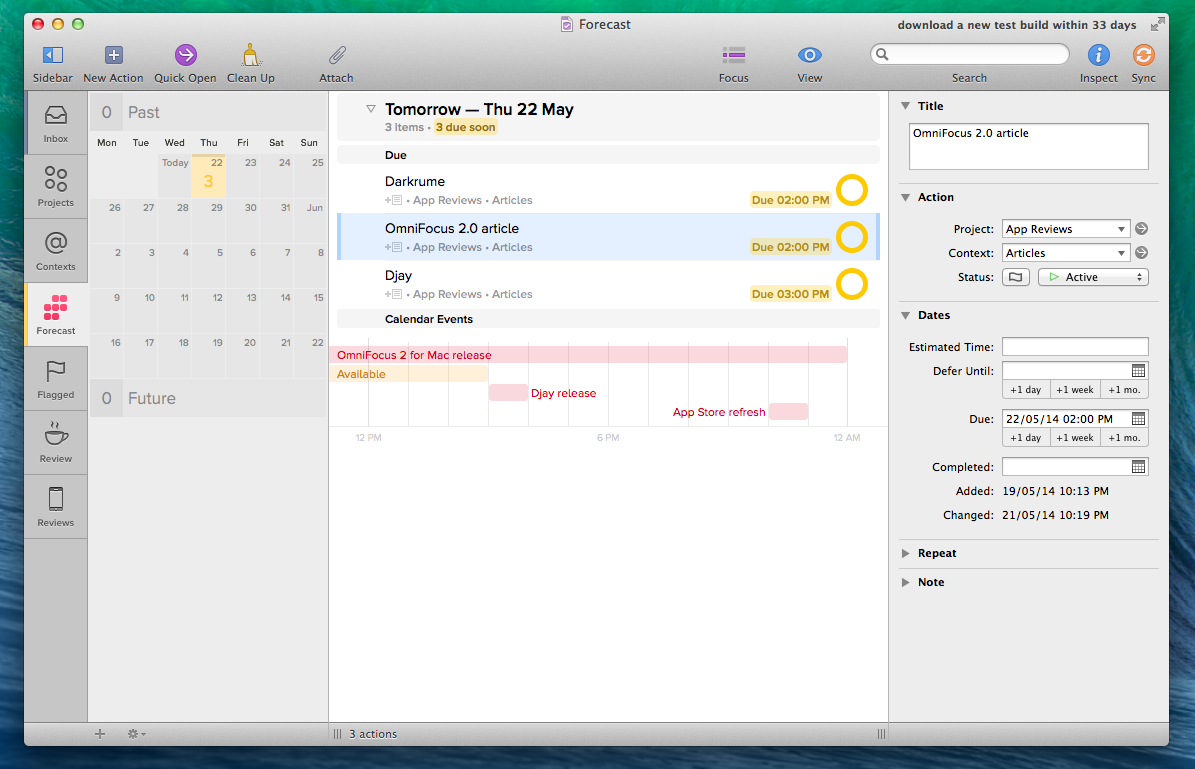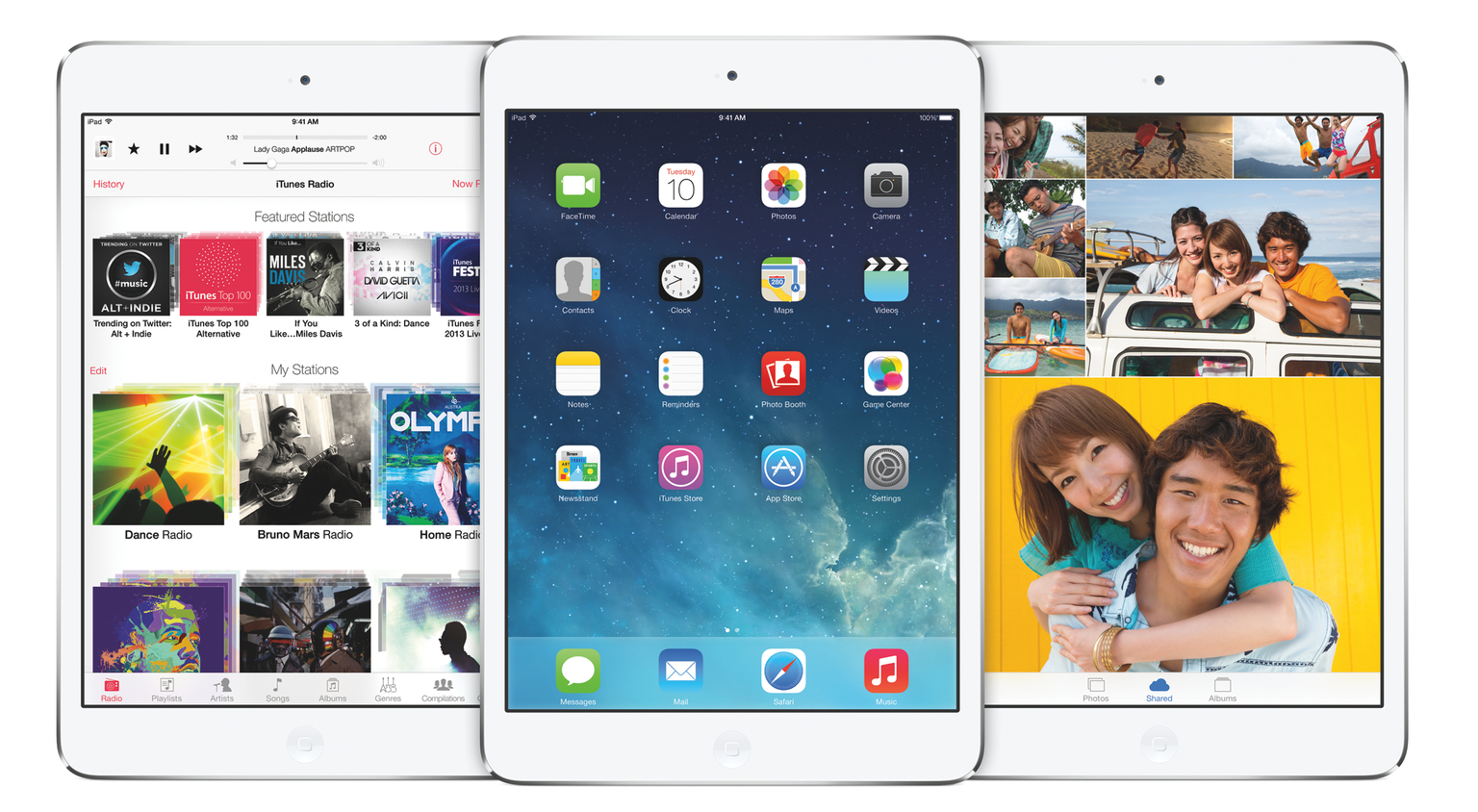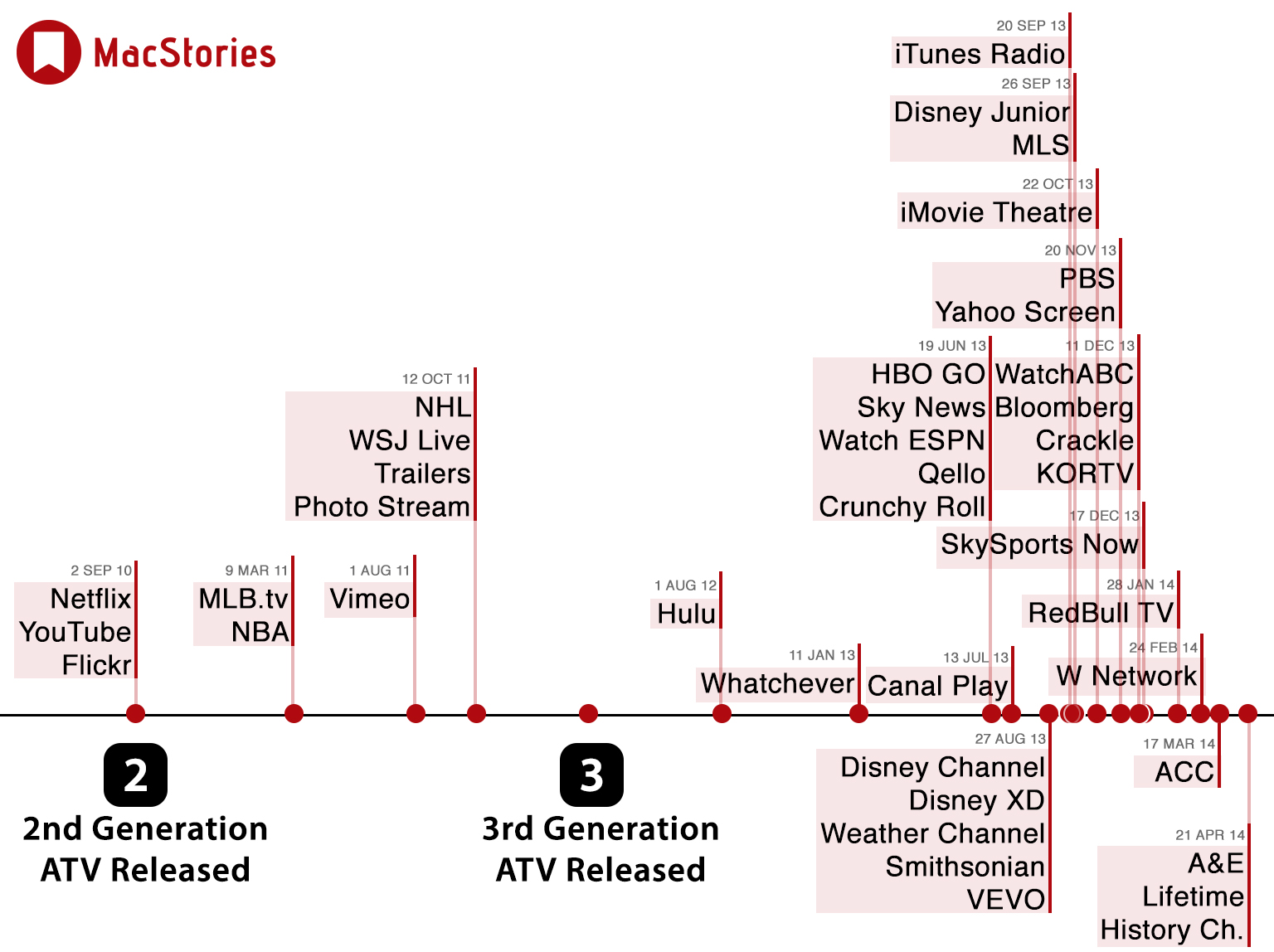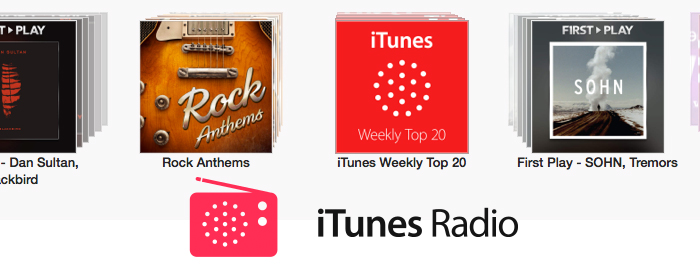Announced during yesterday’s keynote, the App Store app in iOS 8 will focus on discovery and search result presentation, potentially bringing important and useful changes for the next five years of the App Store.
Posts in stories
With iOS 8, Apple Focusing on Discovery, Curation Improvements for App Store
iOS 8: Our Complete Overview and First Impressions
iOS 8, the next major version of Apple’s mobile operating system, was unveiled earlier today at the company’s WWDC 2014 keynote. Shipping this Fall, iOS 8 focuses on refining the bold new look launched last year with iOS 7, but, more importantly, it puts the spotlight on new user features, apps, and developer technologies.
Apple CEO Tim Cook kicked off his iOS presentation noting that iOS 8 would be a “giant release” aimed at highlighting two different stories: end-user features and developer functionalities. The dual narrative of iOS 8 was the underlying theme of the entire segment, starting with improvements to existing iOS apps (Messages, Safari) and features like Notification Center’s Today view to the promising Extensibility APIs and HomeKit.
“iOS 8 offers simpler, faster and more intuitive ways to use your device with incredible new features like iCloud Photo Library, a new Messages app, the QuickType keyboard and an entirely new Health app,” said Craig Federighi, Apple’s senior vice president of Software Engineering. “We’re also giving developers amazing new tools to make managing your health and your home from your devices an integrated, simple and secure experience.”
A Discussion About Apple’s Unsatisfactory In-App Purchase Policies
A couple of weeks ago the issue of Apple’s In-App Purchase (IAP) policy once again came into focus when ComiXology was purchased by Amazon and subsequently removed the ability to purchase comics within their iOS apps using IAPs. I think it is safe to say that there was quite an outcry from ardent ComiXology users and others who follow the news of the technology industry.
The reaction was mostly negative, or at least one of dissapointment. Depending on any one person’s views (or perhaps corporate allegiances), either Amazon was evil, Apple was evil, ComiXology was evil, or they were all evil and “once again” users lose out. I’m being overly dramatic here, but you get the picture: people (generally) weren’t happy with the change. If you want to read more about the specific issues at play in the ComiXology changes, I highly recommend Moises Chiullan’s article at Macworld.
Amazon is not absorbing, nor can it contractually subsume the 30 percent that gets paid to Apple from in-app purchases: By purchasing ComiXology what was previously ComiXology’s “piece of the pie” is now Amazon’s. That piece grows, but the publisher’s portion also grows, and therefore the amount that can be paid out to creators is larger. I asked ComiXology’s Mosher directly: Will the reduced overhead mean that more revenue can and will go to creators, whether they’re big-time publishers or independent creators? “Yes,” he said. (Macworld)
For me, the ComiXology issues once again highlighted the complexity for Apple (and others) of coming up with a policy for IAPs that is appropriate. I’ve always thought that the current policy leaves something to be desired because in a certain set of narrow (but high profile) circumstances, it results in situations that inconvenience or disadvantage the user.
So with all that in mind, I want to explain what the current policy is and the problems that it causes. Then, I will run through some potential alternative rules and highlight their respective benefits and drawbacks.
Read more
OmniFocus 2 for Mac from a Reminders User’s Perspective
There was a time when I thought that I needed a powerful GTD app to be productive. Over the years, I’ve come to realize that all I need, really, is just a list of things to remember and some calendar events. I’ve been using Apple’s Reminders and Calendar with iCloud as my primary todo systems for over a year now, and my schedule hasn’t been disrupted by a cataclysm of missed appointments and overflowing todo lists.
It’s with this mindset that I approached OmniFocus 2 for Mac, released today as a new version of The Omni Group’s popular GTD software: fundamentally, I don’t need the app. But as an old OmniFocus user who switched over to Apple’s less flexible Reminders and stayed with it in spite of its (sometimes disarming) simplicity, I thought it’d be interesting to evaluate OmniFocus 2 with a fresh pair of eyes and a genuine curiosity for the work put into this new version.
Mapping The International Availability of Entertainment Services
It is 2014 and we live in a rapidly globalizing world. Unfortunately, that is not always apparent from the technology press, which focuses primarily on developments in the US. That is not meant as a slight against others who write about technology – it is just the reality. But thanks to our global and interconnected world, companies increasingly need to be able to do well in more than just one geographical market to succeed and grow. Additionally, customers outside the US are more aware than ever (thanks to the Internet and technology press) of new products available in the US and will place loyalty in the companies that bring those products to their country too.
It was this train of thought that led me to write a trilogy of so-called ‘Mapping’ posts in 2012 which covered three main topics: the availability of entertainment services across the world, the expansion of Apple Stores internationally and the rollout of various iPhones and iPads after their US launch. All are still available to be viewed, but as significant time has passed, please bear in mind that they are no longer current.
Today I am back to revisit the topic of entertainment services. The purpose, as was the case last time, is to see the international availability of entertainment services from Apple, Google, Microsoft and Amazon. Not only have we updated the information on all of these, but we have also added data about the availability of Rdio, Spotify, Deezer, Netflix, Hulu, Kobo, and Nook. Hopefully, with the aid of new maps and graphs included, you will get a better picture of how these entertainment services fare in catering to today’s global market of consumers.
Technical notes on the interactive content
This article is a bit different to most others we run on MacStories as it includes interactive graphs and maps. Most importantly, if you are reading this from an RSS reader or read-it-later service such as Pocket or Instapaper, we would suggest you read this article in a web browser as those interactive elements form a big part of this article and will unfortunately not be visible in those services. If you are on an iPhone or iPad, don’t worry, we have made sure they work and look perfectly fine on those devices as well.
When you come across the interactive maps, there are a few things to be aware of. Firstly, they are interactive in the sense that you can zoom in (pinch to zoom on iOS, buttons in the top-left for Macs/PCs) and take the map full screen (button in the top-right corner). In order to compare the worldwide availability of various services, you simply need to click or tap on the service names that are listed directly below the map and the map will update with relevant countries shaded to indicate availability.
The iPad, The Software, and The Screen
Following a lack of growth for the iPad line in Apple’s latest quarterly report, I’ve seen a number of articles suggest the idea that, in spite of Apple’s best efforts to establish a third product category between the smartphone and the laptop, the iPad is done. That people, after an initial fad of high iPad sales, are showing “no interest” in the tablet form factor because they’re now served well enough by laptops, desktop computers, and larger smartphones. I think that ascribing slower iPad sales in the past few quarters to a generalized lack of interest shows an understandable kernel of concern among tech writers, but also a misunderstanding of the iPad as a device.
Visualizing The Addition Of Apple TV Channels Over Time
The Apple TV is a curious product. It has been called a hobby product by Apple; rumors constantly suggest a ‘groundbreaking’ new Apple TV is imminent, and Apple has chosen to add features to it on a more frequent, but irregular, schedule than their other products. What I mean by this last point is that unlike other products and services such as iOS, iCloud and even Apple Maps, Apple has not seen the need to wait for a keynote to update the Apple TV with new services.
In fact, since the Apple TV (second generation) was released in 2010, Apple has added new ‘channels’ to the Apple TV on 18 seperate occasions. Excluding Apple’s own channels, the Apple TV now has 33 third party channels in the US, with a handful of other channels only available in countries outside the US. Even more interesting is the fact that in the last 12 months Apple has rapidly increased their pace of adding new channels, with 26 being added in that time period.
I did this research after noticing a more frequent and steady stream of news about new channels being added to the Apple TV. I don’t have any explanations or theories for this recent acceleration of channel additions, but am curious as to where the next few months will take us. Will the pace continue, will Apple slow down, or will they eventually open the Apple TV up with an App Store? Of course, the even bigger question is whether the Apple TV will ever really become more than an accessory to your TV or iOS device and become a so-called “revolutionary” device that challenges ‘the status quo’. Only time will tell.
iOS 8 Wishes
With iOS 7, Apple profoundly altered the foundations of their mobile operating system’s design and functionality, and I want to believe that iOS 8, likely due later this year, will allow them to keep building towards new heights of user enjoyment, design refinement, and exploration of features suitable for the post-PC era. The transition to iOS 7 hasn’t been perfectly smooth, but, less than two months away from WWDC, there’s clear, promising potential on the horizon: plenty of new iOS low-hanging fruit.
Tuning into the Curious Design Decisions of iTunes Radio
Last week, I listened to Jared Leto from Thirty Seconds to Mars talk about his hometown of Los Angeles. He talked about, and then played, the songs that remind him of the City of Angels and other songs that have inspired him as a musical artist. It was great to listen to, not just as a big fan of Thirty Seconds to Mars but as someone who has just spent over two months living, studying, and working in Los Angeles.
So where did I listen to Leto and these songs? iTunes Radio.


